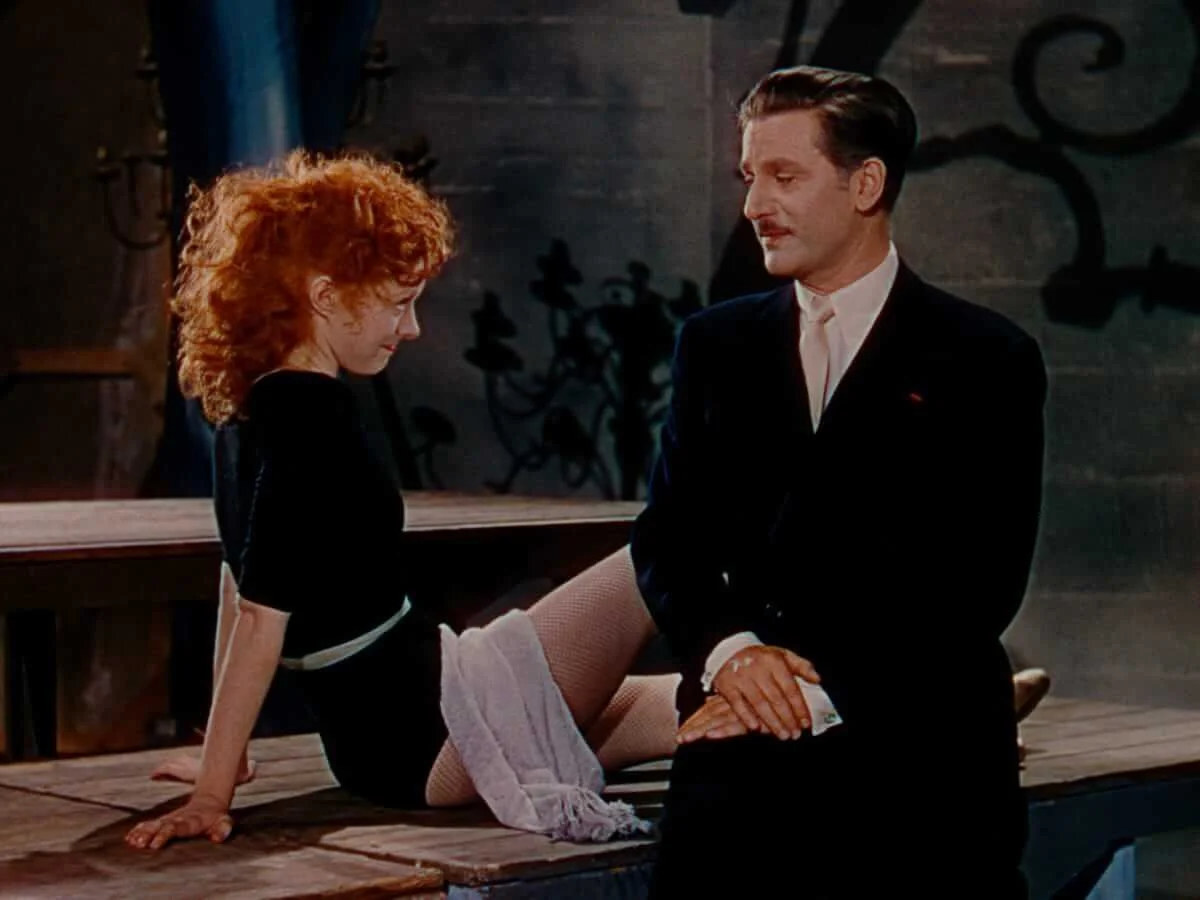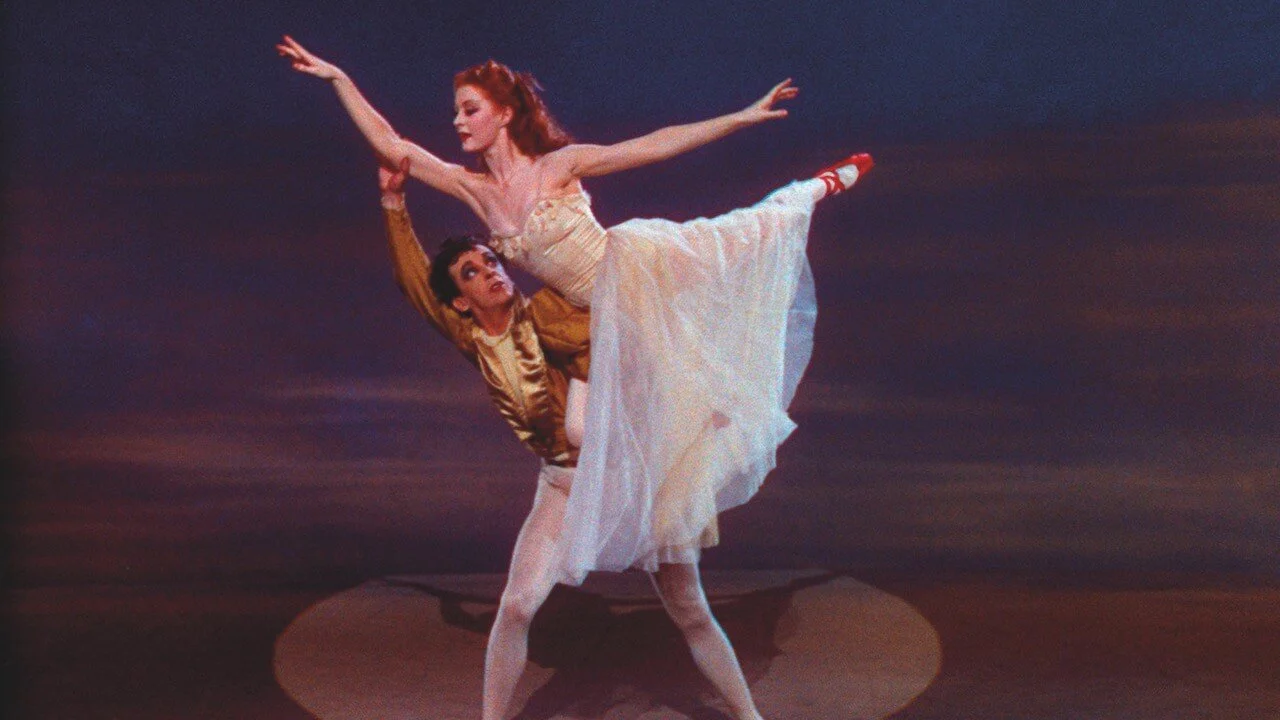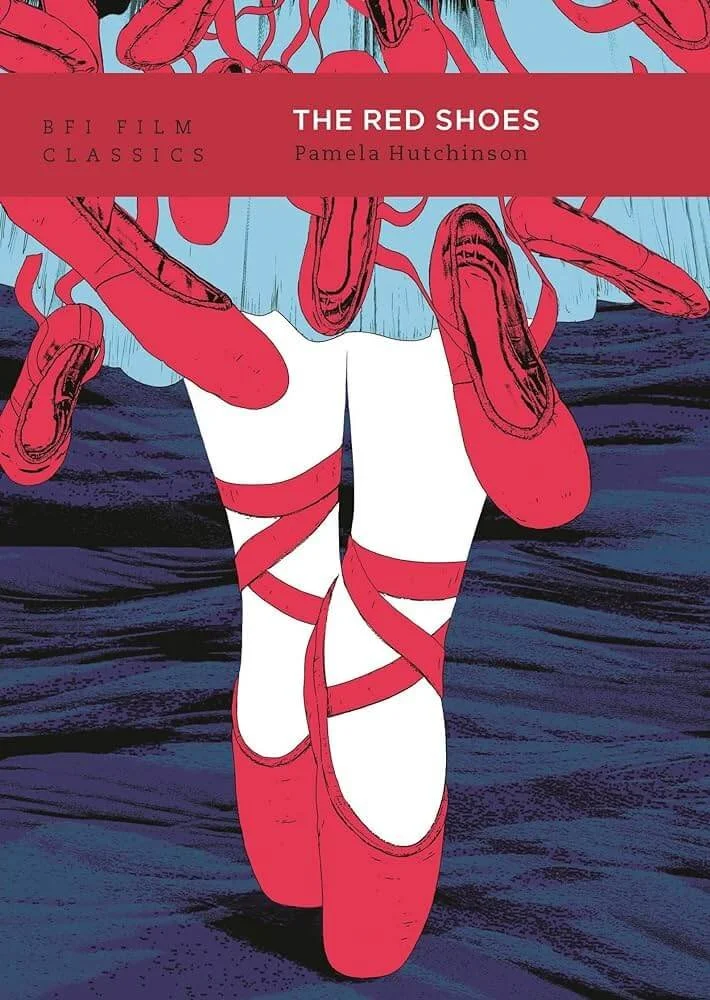Writer: Pamela Hutchison / SC / BFI via Bloomsbury Publishing
Review by Paul Dunne
8th December 2023
The Pitch: Endlessly fascinating, dark, and bright, The Red Shoes (1948) employs every branch of the cinematic arts to sweep the audience off its feet, invigorated by the transcendence of art itself, only to leave them with troubling questions. Representing the climax of Michael Powell and Emeric Pressburger's celebrated run of six exceptional feature films, the film remains a beloved, if unsettling and often divisive, classic. Pamela Hutchinson's study of the film examines its breathtaking use of Technicolor, music, choreography, editing and art direction at the zenith of Powell and Pressburger's capacity for 'composed cinema'. Through a close reading of key scenes, particularly the film's famous extended ballet sequence, she considers the unconventional use of ballet as an uncanny spectacle and the feminist implications of the central story of female sacrifice.
Few films speak to my heart more than The Red Shoes. Partly it's the magical realism employed by Powell & Pressburger, or the fact that is a film about obsessives, made by obsessives a film-making trope that always ensures my rapt attention. In turn, it's become a film I have a kind of obsession with, but one I'm afraid to engage with. One is fearful of becoming like Vicky, who follows her obsessions at the cost of everything, even her life. I don't watch it often. It's far too intoxicating and should be reserved for special occasions. But I do enjoy reading about films, almost as much as I enjoy watching them, even the dangerous ones, that pull you in and make you one of their own. So I approached this book on The Red Shoes with great enthusiasm.
There's a phrase that Hutchinson uses in the book, describing an art piece based on the film and the shoes themselves as both 'covetable and cruel'. If there's a better description of Powell and Pressburger's film, I don't know of it. She hits the nail right on the head in terms of The Red Shoes appeal; We want the beauty and ecstasy of the film, but are we willing to pay the emotional cost of watching? Ballet itself is also a covetable and cruel medium. You marvel at its grace, its passion, and its grace but the training and dedication dancers must invest is such that there's real agony there too. The film acts like a feedback loop on Ballet itself and Hutchison gives us insight into how the plot of the film feeds into the plot of the ballet. Indeed, the making of the film has a resonance that echoes out from the filmmaker's personal history. She touches on Powell's time with Rex Ingram, probably the most formative in his career as Hutchinson hypothesises about when and how The Red Shoes might have entered the filmmaker's lives.
Hutchinson offers up a book that starts in the aftermath of the Red Shoes’ cultural impact and then jumps happily to varying points in its creation. As with many films, she proves there's no need to start at the beginning. The film's roots in the relationship between the famed ballet dancer Vaslav Nijinsky and ballet company director Sergei Diaghilev are also offered up, showing that many stitches were needed to make The Red Shoes. In fact, Diaghilev and Powell were doubtless strangely orbiting each other, at least geographically, as Powell (we learn) spent his winters in the Riviera and often spotted Diaghilev, also wintering there, in the casinos.
But this is not a book about trivia. One of the things that seems to fascinate Hutchinson is how The Red Shoes has permeated into the culture beyond the screen and why. Whilst it doesn't seem to have picked up the same cultural cachet as The Wizard of Oz (which its titular footwear links it to), Red Shoes is an important film. It resonates beyond being just a classic film. But if that's all it was, then it would be among the greatest of all time. This book and its author celebrate that fact and instill respect in the reader for that cultural importance. If you love the Red Shoes, this is a must-have. If you love cinema... it will affirm your ideas on deeper meanings in the form.
BFI Film Classics: The Red Shoes is available from the BFI shop now. Cinema Unbound: The Creative Worlds of Powell & Pressburger runs at The BFI throughout December. You can book tickets here. If you’d like more on this range of books, read our guide to BFI Film Classics for Winter here.





